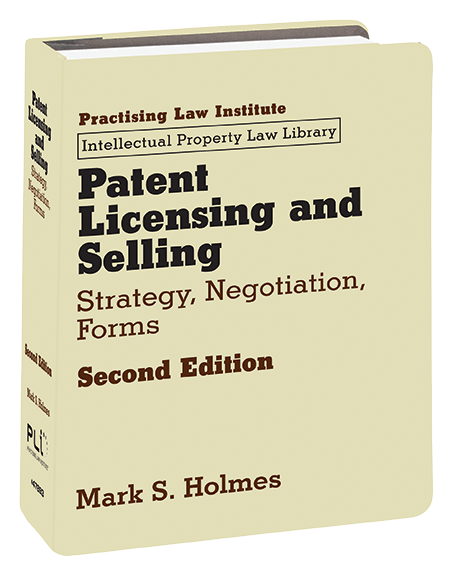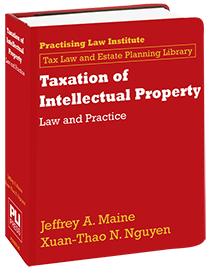The tallies are in! Here are the most accessed Treatises/Practice Guides and Answer Books on PLI PLUS in 2023:
- The Corporate Tax Practice Series: Strategies for Acquisitions, Dispositions, Spin-Offs, Joint Ventures, Financings, Reorganizations & Restructurings (Second Edition)
- Working with Contracts: What Law School Doesn’t Teach You (Second Edition)
- Private Equity Funds: Formation and Operation (Second Edition)
- An Associate’s First Year: A Guide to Thriving at a Law Firm
- Sack on Defamation: Libel, Slander, and Related Problems (Fifth Edition)
- Art Law: The Guide for Collectors, Investors, Dealers & Artists (Fifth Edition)
- Technology Transactions: A Practical Guide to Drafting and Negotiating Commercial Agreements
- Stepping It Up: A Guide for Mid-Level Law Firm Associates
- Langer on Practical International Tax Planning (Fifth Edition)
- Health Care Mergers and Acquisitions Answer Book (2023 Edition)
For a listing of popular items by practice area, check out our Popular PLUS Treatises and Answer Books Flyer. See also Popular PLUS Course Handbooks Flyer and Popular PLUS Forms Flyer.








